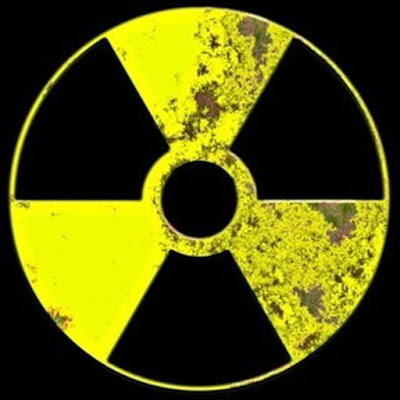As with any portion of the medical sector, diagnostic imaging is always subject to
some sort of decision as far as insurance coverage is concerned. Any procedure
such as a CT Scan, MRI, PET Scan and X-Ray is often
questioned by insurance providers as well as Medicare and Medicaid. Very
recently a decision came down on PET Scans for solid tumors from the Center for
Medicare and Medicaid Services. The decision that was made may well prove
favorable for patients and practitioners as it increases the number of patient
scans from one to three scans.
It seems like rather than rely on continuing to gather data
before sending a patient for a scan, in order to discover if there is a
possibility of cancer, this decision actually helps the process and the
patient’s chances for early detection. This is the type of decision that helps
the industry because it will ultimately encourage a stronger push in research
and development, which may in turn help produce a stronger, more effective
incarnation of the scanning procedure in the future. This decision has been met
with great approval, at least from the Society of Nuclear Medicine and
Molecular Imaging (SNMMI).
There is a great deal of motivation to further improve the
way diagnostic imaging is used especially when dealing with complex and hard to
detect conditions. Cancer on its own right can sometimes be very difficult to
detect. Once detected, it’s sometimes very difficult to monitor it properly. One
physician was quoted as saying “Monitoring metastatic prostate cancer therapy
can be difficult. However, in some indications PET can provide useful
information for physicians in creating an effective treatment plan,” which is a
clear example of just what this type of decision does for patients.
This type of decision seems to be a step in the right
direction and hopefully, as time passes, it will prove greater benefits
overall.
If you have any questions about CT Scans, or imaging
procedures in general please feel free to call us.
Posted By:
www.ClermontRadiology.com
References:











